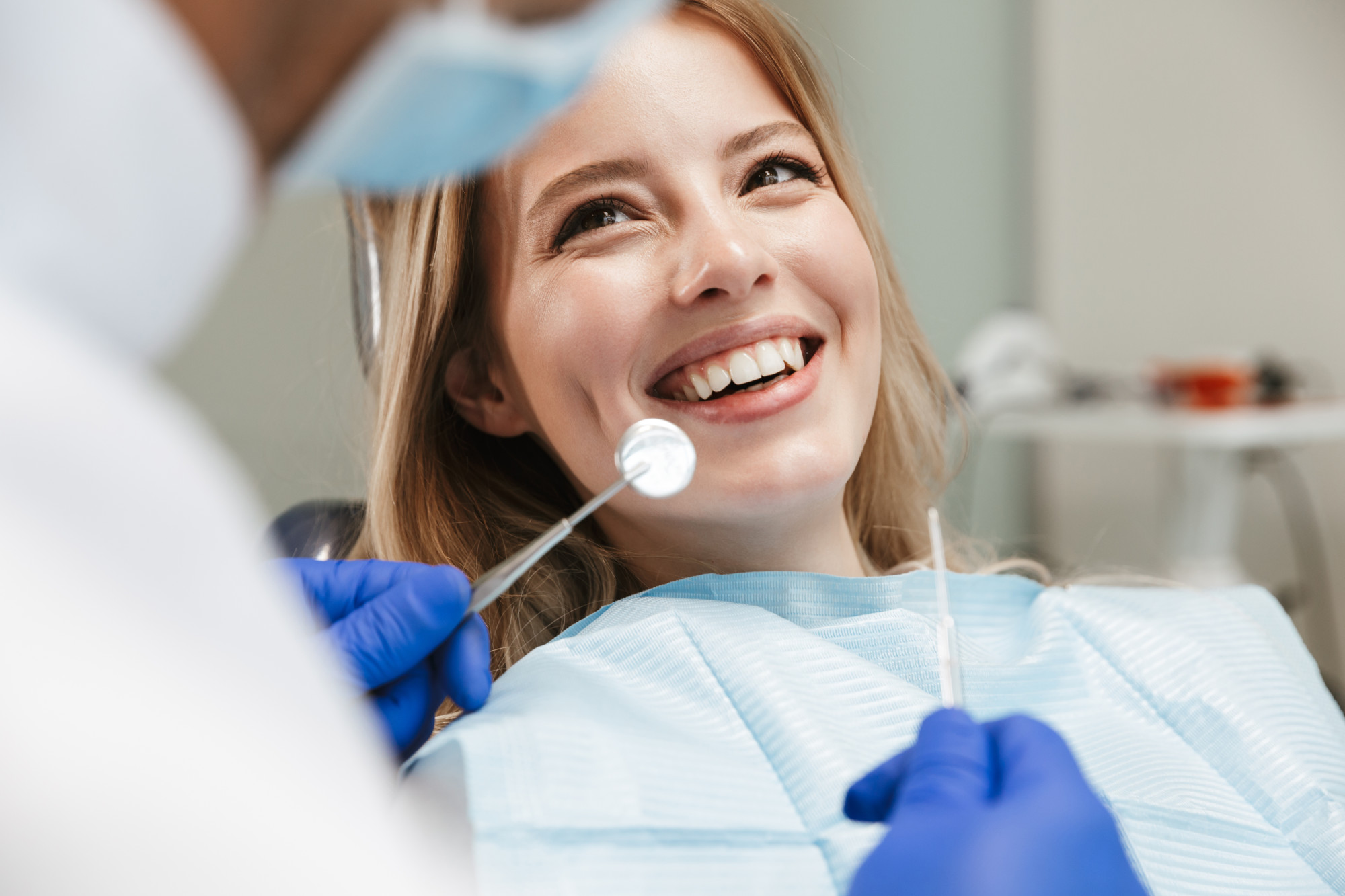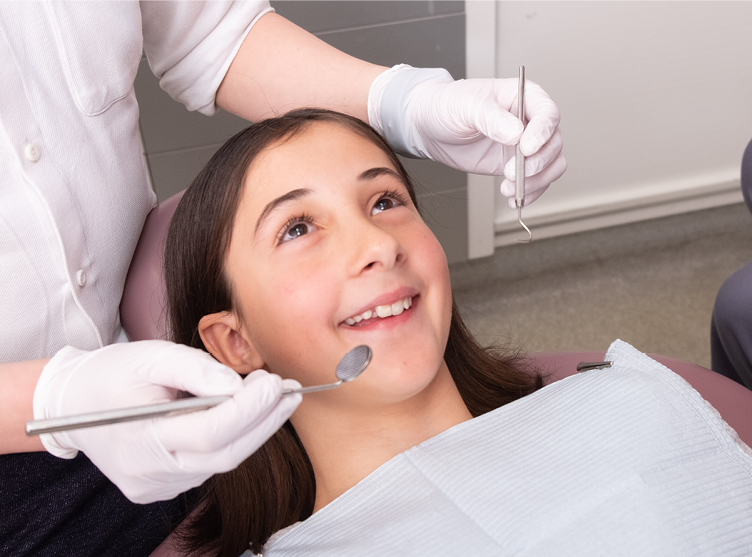Some Known Questions About Legacy Orthodontics.
Some Known Questions About Legacy Orthodontics.
Blog Article
Some Ideas on Legacy Orthodontics You Should Know
Table of ContentsSome Ideas on Legacy Orthodontics You Need To KnowLegacy Orthodontics - Truths10 Simple Techniques For Legacy OrthodonticsOur Legacy Orthodontics IdeasHow Legacy Orthodontics can Save You Time, Stress, and Money.
At Advanced Orthodontics, we give people with a holistic treatment experience. Furthermore, we provide adjustable treatment routines, flexible payment options and an enjoyable, satisfying experience. leesburg clear braces. Phone call ( 480) 357-4900 today to learn more and routine a consultation.An orthodontist is a dental practitioner trained to identify, avoid, and deal with teeth and jaw irregularities. Orthodontists work with individuals of all ages, from youngsters to adults.
Malocclusion, or misaligned teeth, can lead to dental issues, including tooth degeneration, periodontal illness, and hard or unpleasant chewing. Not everybody is born with straight teeth. If you have a poor bite or huge spaces between your teeth, you might want to speak with a dental practitioner specializing in orthodontic care.
Legacy Orthodontics - Questions
( Picture Credit Score: DigitalVision/Getty Images) Orthodontists use repaired and detachable dental tools, like braces, retainers, and bands, to alter the position of teeth in your mouth. Orthodontic treatment is for oral abnormalities, including: Jagged teethBite troubles, like an overbite or an underbiteCrowded teeth or teeth that are as well far apartJaw misalignmentThe goal of orthodontic treatment is to boost your bite.
While you may believe of orthodontists as mainly for youngsters or teens that require braces, they can remedy dental problems at any kind of age. Orthodontists attend university, oral school, and orthodontic school.
All orthodontists are dental practitioners, but not all dental practitioners are orthodontists. Orthodontic residency programs provide intensive, concentrated instruction for oral professionals. They concentrate on 2 areas: Just how to properly and securely relocate teeth How to correctly direct development in the teeth, jaw, and faceOnce an orthodontist has finished training, they have the alternative to end up being board certified.
Legacy Orthodontics Can Be Fun For Anyone
Imbalance, or malocclusion, is the most usual reason individuals see an orthodontist. It is hereditary and is the outcome of size differences in between the upper and lower jaw or in between the jaw and teeth. Malocclusion leads to tooth congestion, a misshapen jaw, or uneven bite patterns. Malocclusion is typically treated with: Your orthodontist attaches metal, ceramic, or plastic square bonds to your teeth.
Some people require a headwear to help relocate teeth into line with stress from outside the mouth. A retainer is a customized device that maintains your teeth in area.
They can produce extra space in the mouth without having to draw teeth. Orthodontists use cords, medical screws, or plates to sustain your jaw bone.
You might need to see an orthodontist if you have: Crowding or not adequate room for all of your teethOverbite, when your top teeth come your base teethUnderbite, when your base teeth are too far forwardSpacing or issues with gapsCrossbite, which is when your upper teeth fit behind your bottom teeth when your mouth is closedOpen bite or an upright space between your front base and top teethMisplaced midline, when the facility of your base and top teeth don't align Remedying an oral malocclusion can: Make biting, eating, and speaking easierImprove the proportion of our face and your overall appearanceEase discomfort from temporomandibular joint problemsSeparate your teeth and make them easier to clean, aiding avoid dental caries or tooth cavities It's often a dentist that first notifications misaligned teeth during a routine test.
Unknown Facts About Legacy Orthodontics

During your initial orthodontic assessment, you'll likely have: A dental examPhotos taken of your face and smileDental X-raysPanoramic (360 degree) X-rays of your face and headImpressions to create molds of your teethThese tests will help your orthodontist understand just how to proceed with your therapy. leesburg orthodontics. An orthodontist is a dental professional who's had training to treat your teeth and jaw
Orthodontists might perform surgery, exams,X-rays,and more to assist you obtain an extra comfortable, much healthier smile. An orthodontist is concentrated on your bite, so something like a damaged tooth would certainly be handled by a dental expert. Orthodontists are dental professionals yet not all dentists are orthodontists. Orthodontists are concentrated on your bite, or the means your teeth fit together, and the straightness of your teeth.
Ever asked yourself exactly how celebrities constantly appear to have flawlessly aligned teeth? The response typically hinges on the proficient hands of an orthodontist. Yet just what does an orthodontist do? Orthodontists are oral experts who focus on correcting abnormalities in the teeth and jaws. Their experience goes past just producing a lovely smile; it extends to boosting your overall dental health and wellness and function.
Some Known Factual Statements About Legacy Orthodontics

While braces are the most frequently identified orthodontic treatment, orthodontists have a varied toolkit at their disposal. The certain technique picked depends upon the extent of the case, the client's age, and specific choices. These tried-and-true braces use a system of brackets bonded to the teeth and linked by wires.
Clear aligners, like Invisalign, are a popular option for individuals looking for an extra very discreet treatment choice. These detachable trays Discover More Here are custom-made to progressively change the teeth's placement. Headwear may be used together with braces or aligners to apply additional targeted pressures, particularly for correcting jaw inconsistencies. In cases of slim jaws, palatal expanders can be used to create space for appropriate tooth placement.
Report this page